Interview with Lucia Mendoza
An appointment with Lucía Mendoza, the gallery owner behind ISLA, an acronym for Ideario de Sostenibilidad y Laboratorio de Arte, a personal project born with the intention of seeking alternatives to the climate and ecological emergency through the visual arts in the Sierra Oeste de Madrid, in Robledo de Chavela.
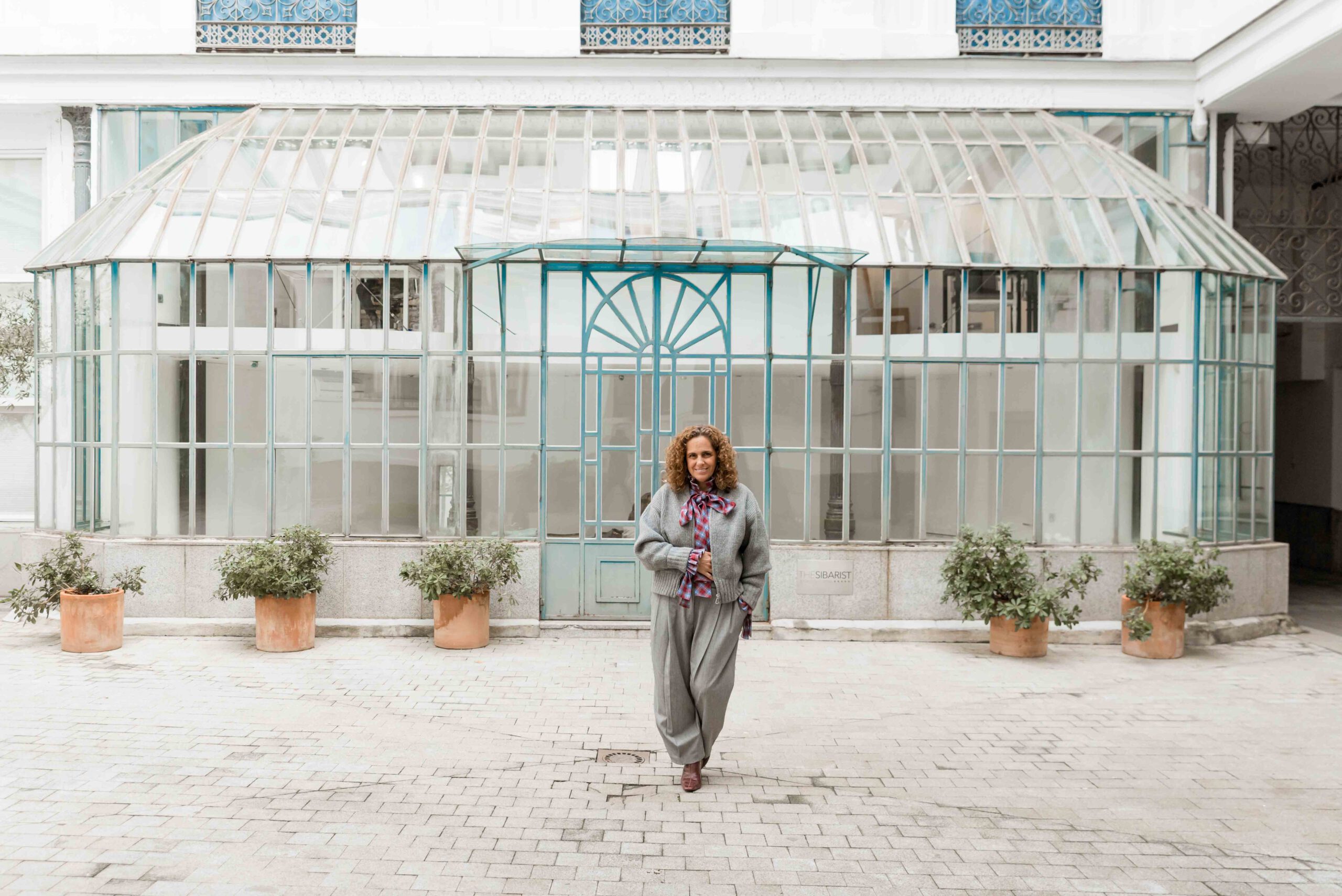
It occupies a plot of land previously dedicated to agricultural use that takes artistic creation out of the white cube due to a need to update the galleries to move away from the traditional format and to do so with a focus on sustainability. Lucía Mendoza had been thinking about how to do this since 2019 and the question of where to locate it was answered in March 2023 when she visited this plot of land in Robledo de Chavela and fell in love with its location and its particularities. The conditions could not be better: it is a Special Protection Area for Birds (SPA), it has the NASA Space Station as a neighbour and it is the site of the El Escorial Summer Courses.
The setting for this non-profit initiative, which is open to visitors by appointment and does not respond to existing structures, is perfect. ISLA was created with the aim of adjusting to natural cycles “trying to make construction projects with zero impact on the landscape,” says Lucía Mendoza. In short, it is about achieving the intersection between sustainability, art and ecology with a reference point such as the Bauhaus, in the sense of a laboratory, “an experimental site where sustainability can be dealt with through contemporary art”, she says.
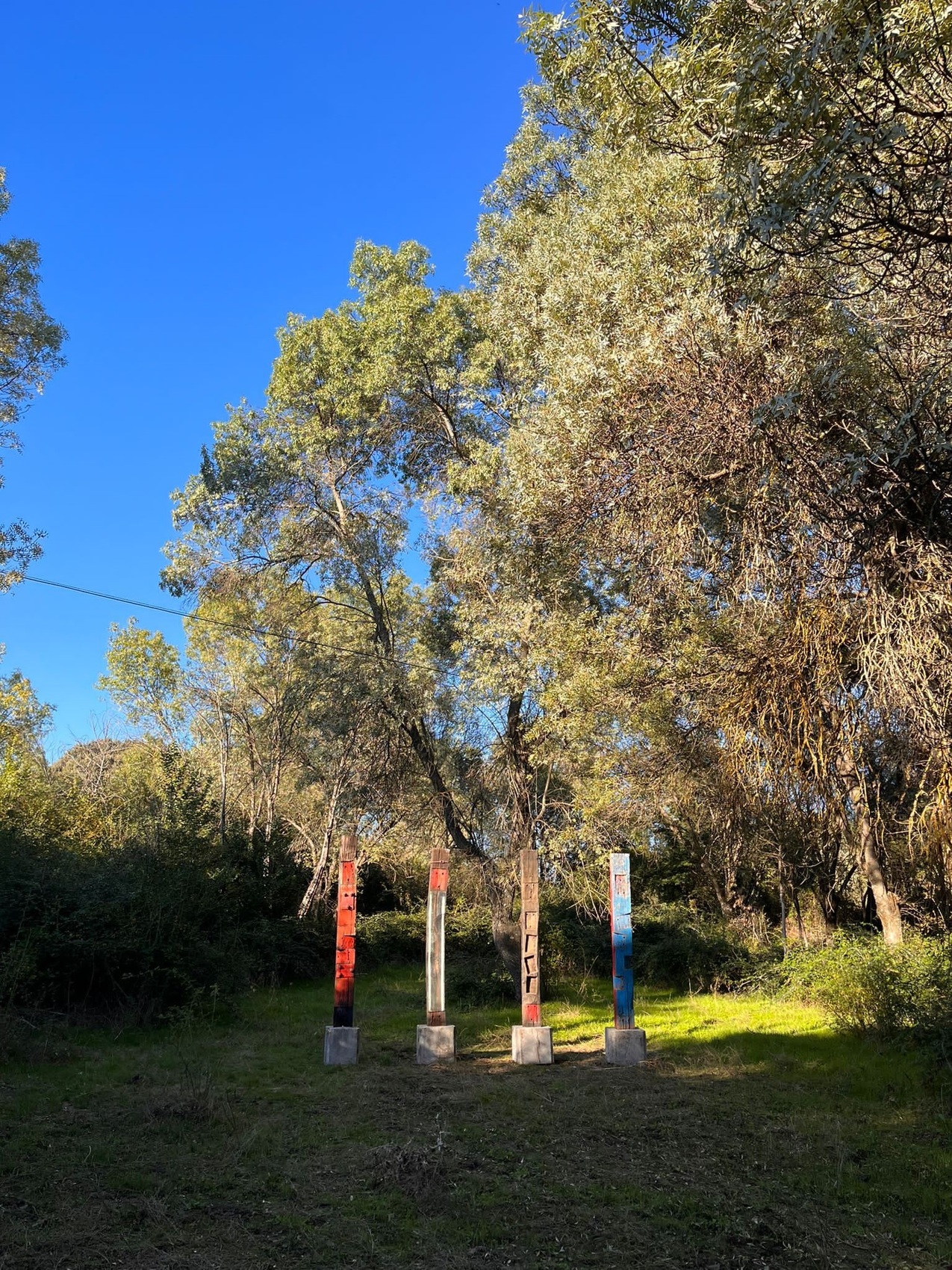
It is curated by Blanca de la Torre, for whom the ISLA interventions “speak of seeking new ways of reconnecting with nature and territory and reflecting on the fabric that sustains life, shifting the anthropocentric gaze in search of new ways of cohabiting the planet”.
Toshiro Yamaguchi, Juan Zamora, Bárbara, Luna Bengoechea Peña, Iván Cebrián and Coco Moya, Agustín Ibarrola -author of the piece that welcomes visitors-, Lecuona y Hernández, Elena Lavellés, Mercedes Lara, Lucía Loren and Miguel Sbastida make up the line-up of artists who “propose an ecocentric gaze that speaks of regeneration, of symbiosis, of awakening new forms of ecopolitical imagination to experiment with other ways of coexistence and, in short, of being and being in the world”, comments the curator.
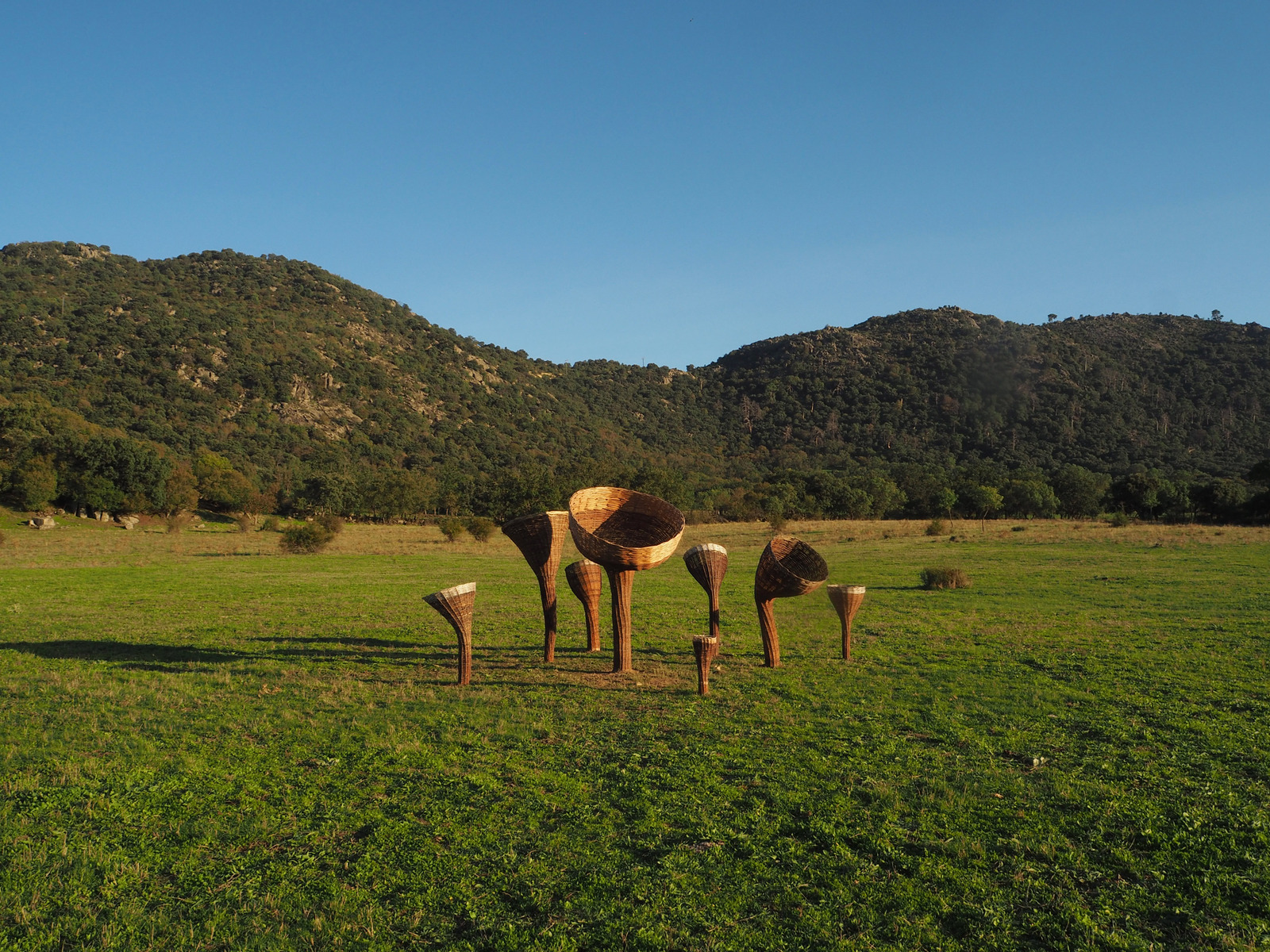
How did ISLA come about?
ISLA arises from an intention to expand the concept of contemporary art, ecology and sustainability that we have been working on for some years. We needed a natural space that could serve as a laboratory where we could experiment with different practices.
How does the collaboration with the curator Blanca de la Torre begin?
From the gallery, we work with artists that she has included in different proposals, it was inevitable that at some point we would come into contact. We were already exploring the possibility of looking for a space outside our own and it coincided with her intention to propose an alternative idea.
You want to move away from the traditional format, so what were the curatorial criteria for selecting the artists?
Although that question corresponds more to Blanca who is the artistic director, the beginning was conceived as a moment, as a collective action at the beginning of ISLA and from that place the proposal was constructed.
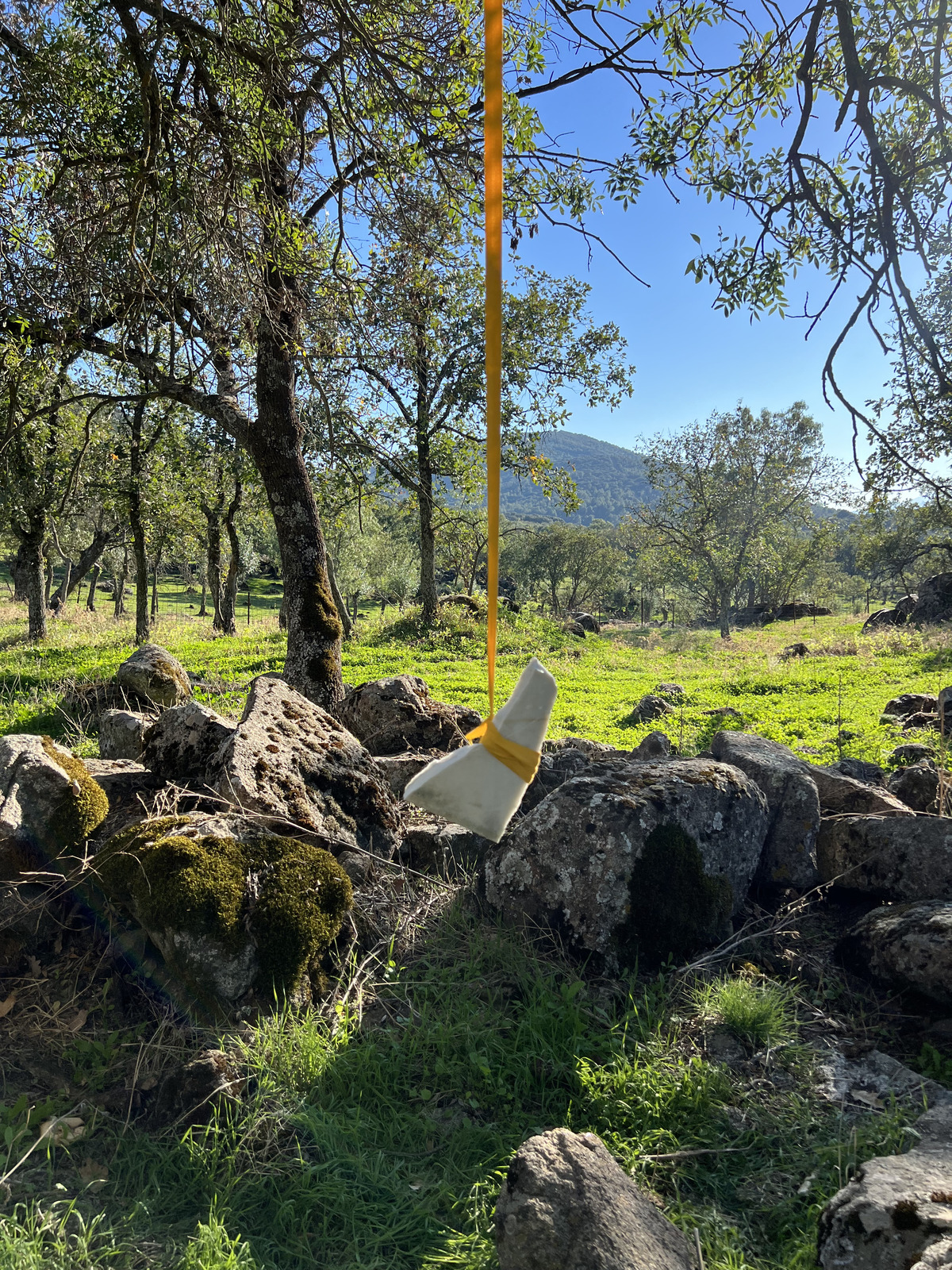
How have you applied the principles of ecology in relation to art in the origin of ISLA?
ISLA is particularly sensitive to any principles of ecology and sustainability, they are inherent to the project. The artworks we have installed to celebrate The Beginning are environmentally and ecologically friendly. Some of them are even designed to collaborate with the wellbeing of the ‘inhabitants’ of the place, such as birds or other animals that appear there. Every activity we carry out includes a measurement of the environmental impact, of the carbon footprint produced, in this case it is 2.69 t Co2e. The footprint of our website is reflected in the website itself.
The objective is to get out of the white cube. Is there an objective from the aesthetic point of view or is it more a laboratory that responds more to ethics, especially in the context of the climate situation we are living in?
It is, above all, a requirement of the subject matter we deal with, the artists we work with. ISLA amplifies the messages.
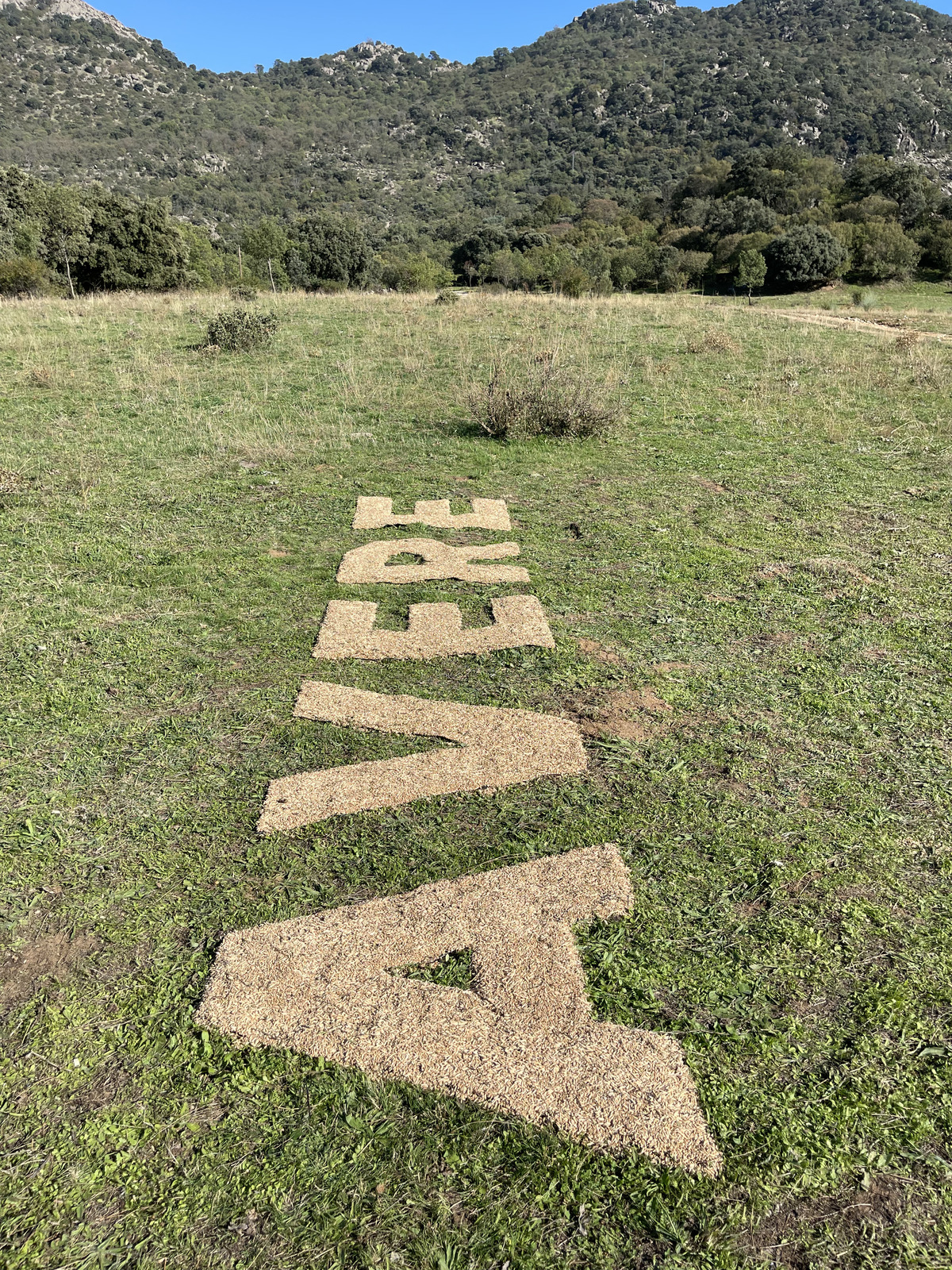
What challenges have you faced in order to make this project, which has only just emerged, a reality?
Every step is a small challenge. We have no references for any similar initiative, each step means opening up a new path that sometimes has to be discarded, others make us take a step backwards, and sometimes it reveals an enormous horizon of possibilities.
Are we looking at an example of land art?
No and yes. Not concretely but, on occasions, also. But, I insist, we decided to get out of any conventional labelling. I think the traditional approach to contemporary art tends towards this pigeonholing and we need to reinvent the terms and expressions we use for a language that is being constructed day by day, opening the way to totally new narratives.
What are the red lines in the initial processes of ISLA, do you have a manifesto or do you plan to elaborate one as part of the plan?
We will indeed draw up a decalogue. But, once again, we are moving away from conventional proposals. In any project, when the time comes to start, everything is thought out, programmed and structured. We have very clear lines of action but we want to leave room for spontaneity. Isla has done nothing but surprise us since its conception.
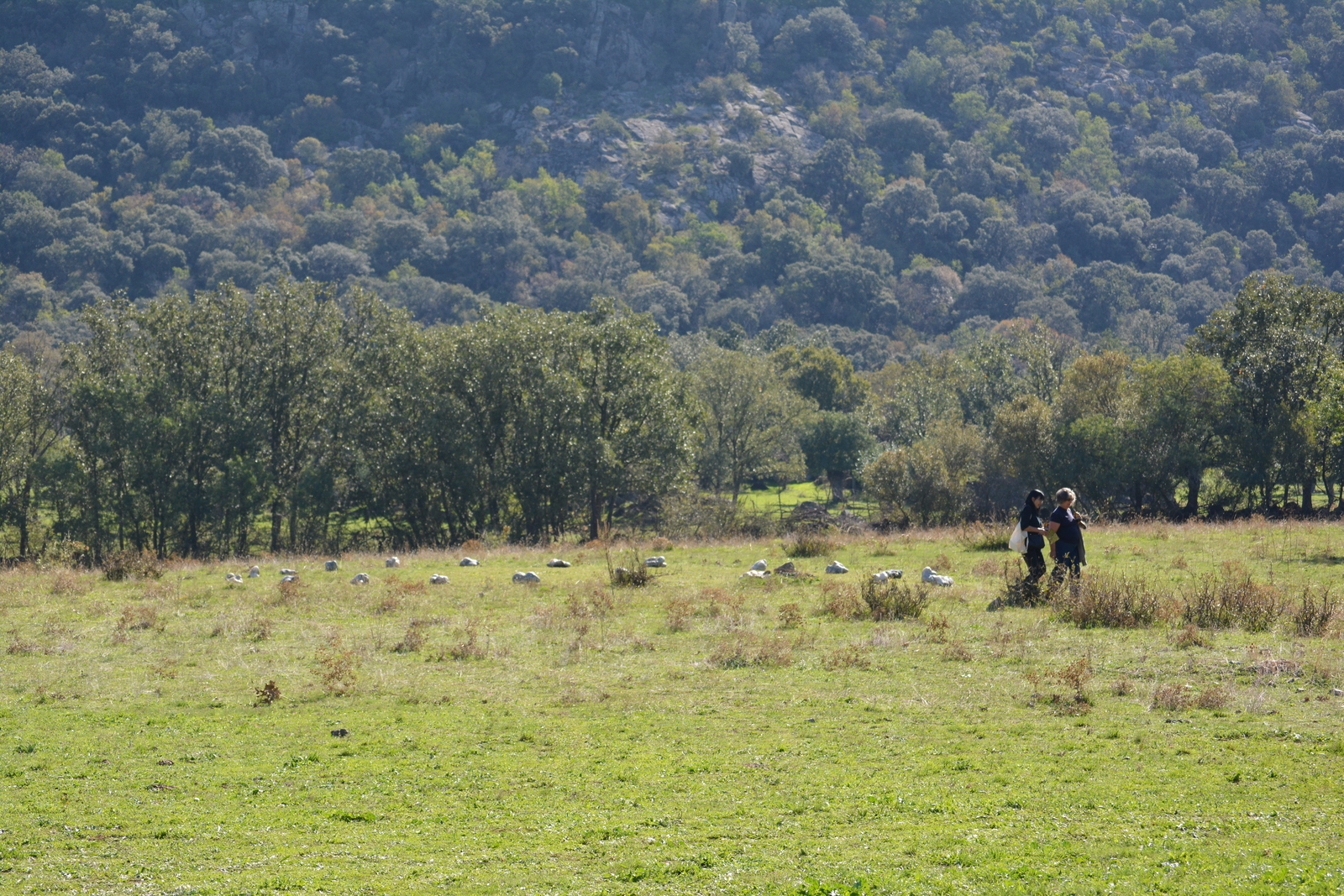
What are the references inside or outside Spain in which the spirit of ISLA could be reflected?
So far we haven’t found any, although there may be partial or specific similarities with some proposals that work along the same lines.
What are the next steps or stages you have planned, and what are you focused on?
We are starting now. We want to get to know in depth the space we inhabit and the community to which it belongs in order to explore, from the visual arts and hand in hand with other scientific and artistic disciplines, different issues of sustainability and ecology. We are already working on some more concrete ideas that we will be shaping and sharing very soon.
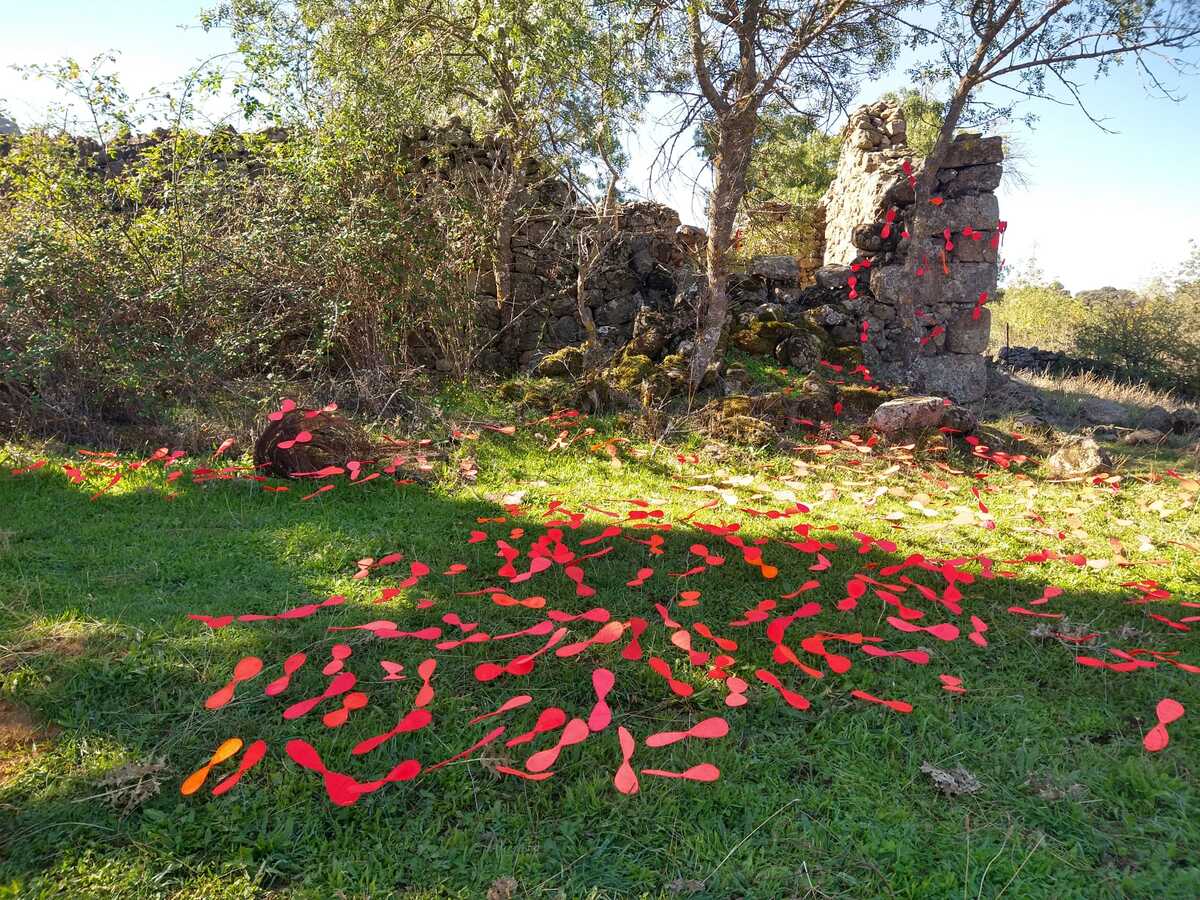
You have a network of accomplices, as you call it. What names or institutions can you mention at the moment that are enthusiastic or already collaborating with you?
Kancha, in Chile, Solo Houses in Delta del Ebro, Pi in Costa Rica, 3 piedras in Huesca, Fundación Díaz Caneja in Palencia and Vellmari in the Mediterranean. They are our accomplices and we are already reviewing other proposals that we will communicate as they are confirmed.
From the perspective of a gallery owner, what needs and trends do you observe in today’s society with regard to art?
I don’t think even today’s society knows exactly. Outside the professional context, to a large extent, the value of contemporary art as a vital necessity has been lost. A large part of our society uses it as an object of social positioning, another as a purely decorative element, another is unaware of it and only a small part is really interested in it. It probably responds to a generalised loss of curiosity and, of course, to a decrease in economic capacity that can be continually affected by the context. Society consumes a lot of information very quickly, there is no time for reflection and, consequently, there is little space left for contemporary art whose transcendence requires precisely that, curiosity, observation, reflection?
We propose a different approach in which we highlight how contemporary art is a channel, a means of expression that reflects not only what our society is like but also what it is focused on. I believe that contemporary art acts as a creator of the historical record of our cultural heritage while at the same time it projects itself as a creative laboratory from which great ideas and alternatives emerge to everything that is not working in a balanced, harmonious way today, in all aspects of life.
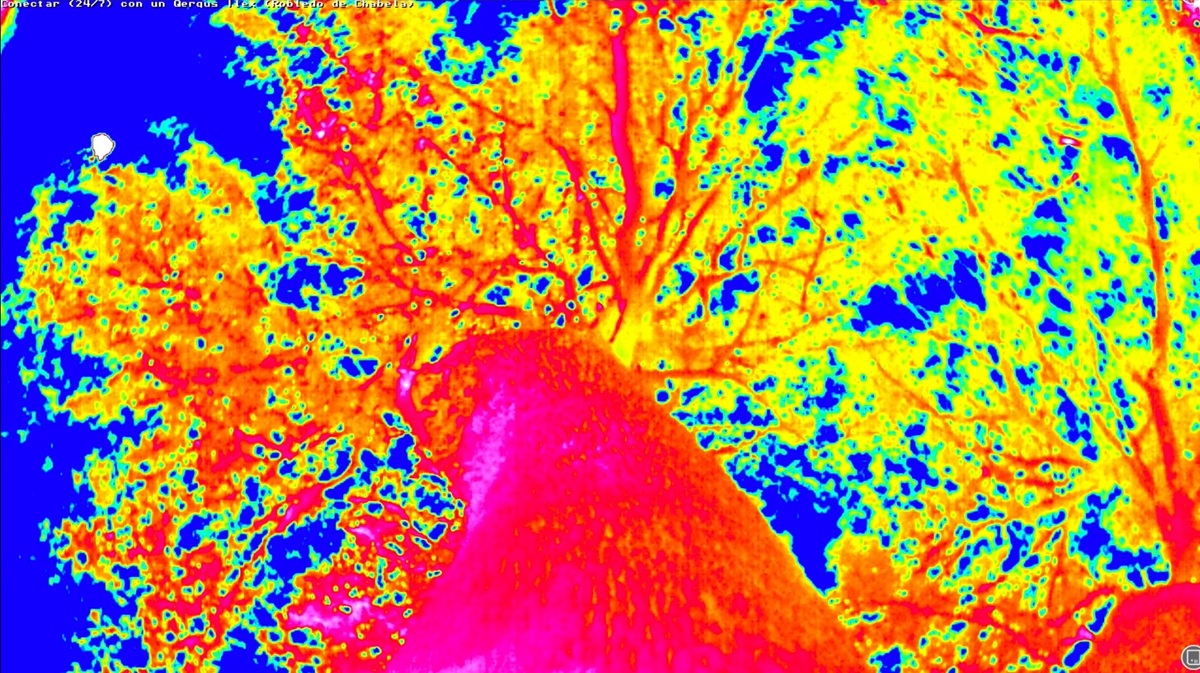
Galería Lucía Mendoza is about to celebrate a decade since its opening, how do you see the future of the role of galleries and how do you think their function has evolved?
The art gallery as a format as we know it I think it needs a revision. I think we follow traditional schemes that don’t respond to real times. Our schemes are conventional and exhausted, there is a lack of new ideas that offer alternatives. It is very interesting to have the opportunity to live between centuries and experience a revolution like the digital one. This apparent speed and freedom that we live in sometimes seems to me to reflect a mirage. It will not be until several generations have passed that they will form a new ecosystem in which living is just that, really new. And probably this can be extrapolated to those of us who are part of this sector of contemporary art, the galleries, the artists, the institutions, the fairs, etc. It’s a complicated but very exciting process.
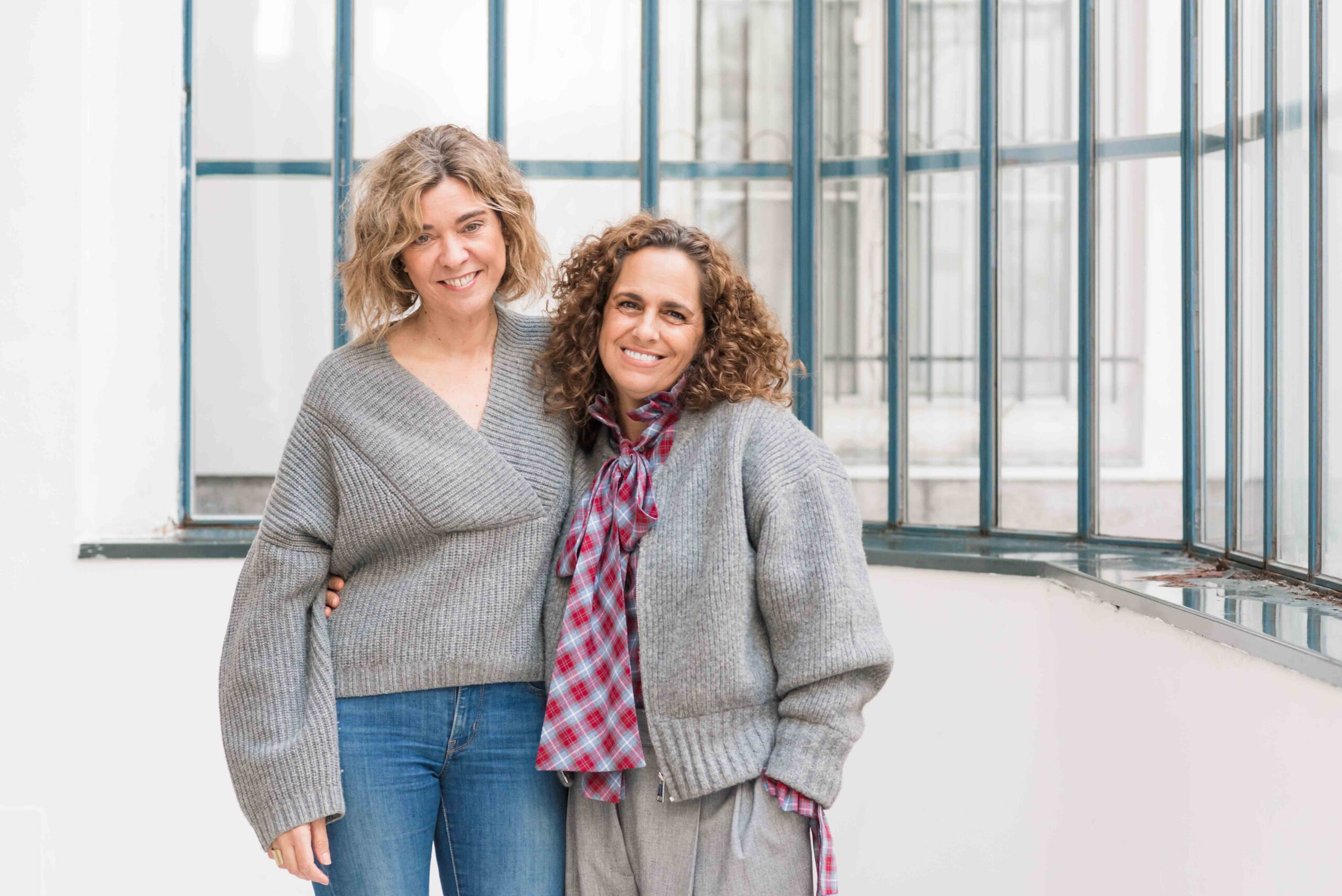
Editor: Beatriz Fabián
Beatriz is a journalist specialising in offline and online editorial content on design, architecture, interior design, art, gastronomy and lifestyle.
Photographer: Nieves Díaz.